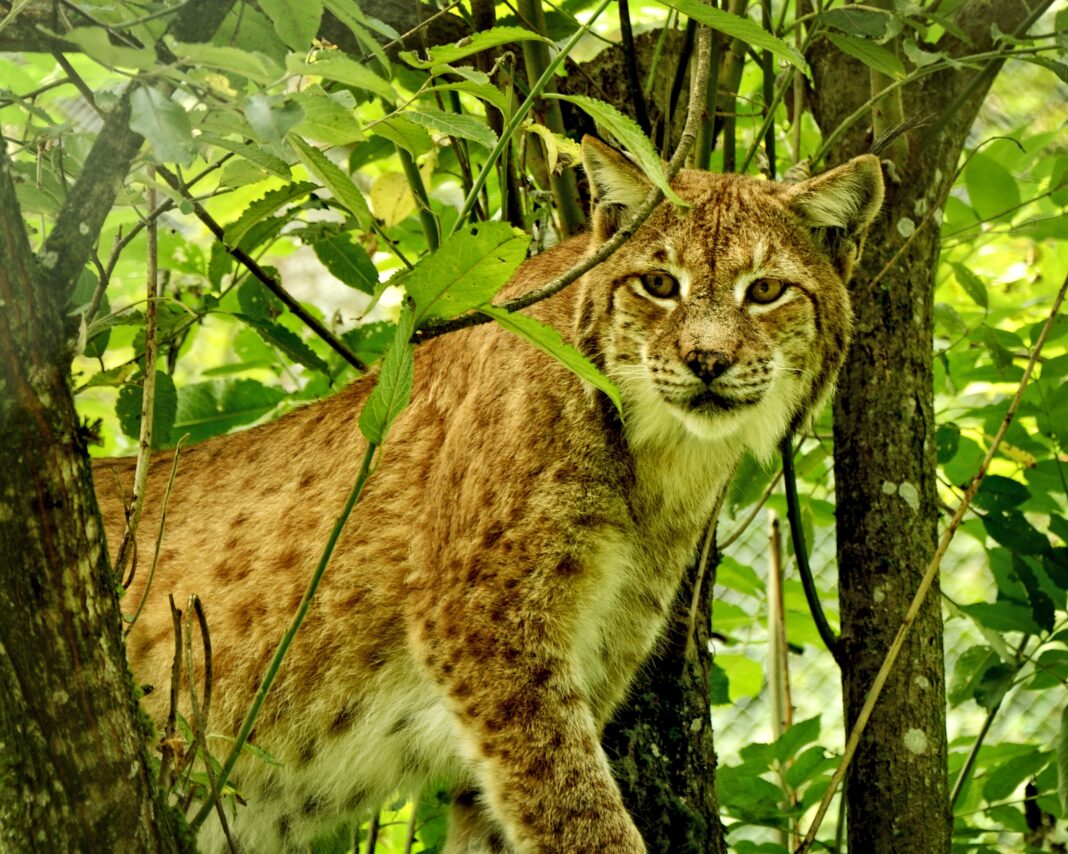In 2004, Cardillo and his team found that a considerable portion of the carnivore population is at a larger risk of extinction than formerly believed. They projected that numerous carnivore species will be added to the endangered species list within the next decade. These species are predominantly found in Africa, where the human population growth exceeds the worldwide average.
A recent article published in Scientific Reports has mentioned the need for operative nationwide and worldwide laws to converse the drop in the large carnivore populations—including wolves, tigers, and eagles—aiming to reduce their risk of extinction. Kurt E. Ingeman, Adrian Stier, and collaborators assessed cases of species recovery from a list comprising 362 large carnivores. These animals are identified as ecologically significant species, playing the role of terminal consumers in countless ecological settings.
Ingeman and collaborators showed that of these 362 carnivore species, a substantial improvement had been displayed by only 12 species (commonly marine mammals) in terms of their risk of extinction. They examined the geographic and taxonomic dissimilarities in present-day extinction hazard and recovery directories, besides recognizing conservation activities linked to positive outcomes. Moreover, the authors shed light on the anthropogenic pressures on continuing declines in the carnivore population.
Carnivores safeguarded by international regulations were 6.8 times more likely to display a low risk of extinction. In contrast, those associated with skillful hunting strategies were three times more likely to show a lesser extinction risk. The article highlights that less than 10% of the worldwide population of large carnivores is snowballing. The conservation of these large carnivores is challenging because of their common characteristics, such as the need for large regions to live, declining reproduction rates, and a high risk of human conflict.
The 362 carnivore species identified in this article were selected from six dissimilar taxonomic key groups, such as bony fish, sharks and rays, reptiles and amphibians, terrestrial mammals, birds, and marine mammals., based on prevailing databases. This list includes yellowfin tuna, leopard, gharial, and steppe eagle, among other species. The authors accumulated statistics on the population trends of large carnivores and their risk of extinction from the International Union for the Conservation of Nature database.
In the paper, the scientists mentioned that 137 large carnivore species were particularly threatened, categorized as endangered, vulnerable, or critically endangered. Marine mammals accounted for the least endangered species. Of all terrestrial mammals, the Iberian lynx (Lynx pardinus) only met the recovery criterion. Moreover, they compared the patterns of directed conservation strategies, such as hunting restrictions and habitat protection, to identify signs of recovery for these species.
Ingeman suggested that this article will offer a gleam of anticipation for reversing the decline in the large carnivore population. Implementing data obtained from the cases of recovering large carnivore species will help restore ecosystems and uphold their benefits to humans.
References
Cardillo, M., Purvis, A., Sechrest, W., Gittleman, J. L., Bielby, J., Mace, G. M., & Moritz, C. (2004). Human population density and extinction risk in the world’s carnivores. PLoS biology, 2(7), e197. https://doi.org/10.1371/journal.pbio.0020197
Bleyhl, B., Ghoddousi, A., Askerov, E., Bocedi, G., Breitenmoser, U., Manvelyan, K., … & Kuemmerle, T. (2021). Reducing persecution is more effective for restoring large carnivores than restoring their prey. Ecological Applications, 31(5), e02338. https://doi.org/10.1002/eap.2338
Ingeman, K.E., Zhao, L.Z., Wolf, C. et al. Glimmers of hope in large carnivore recoveries. Sci Rep 12, 10005 (2022). https://doi.org/10.1038/s41598-022-13671-7



